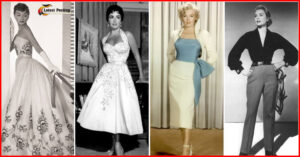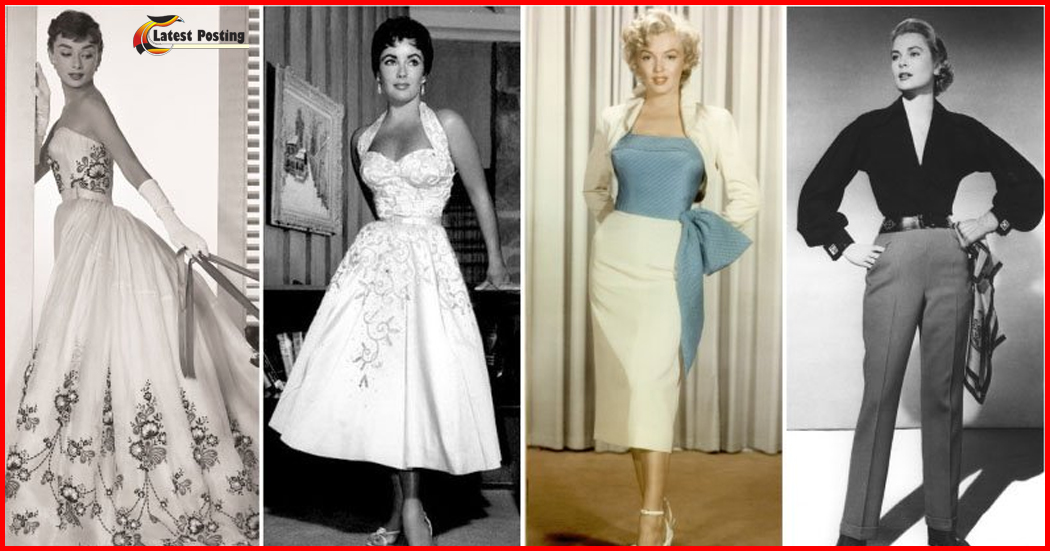In the vast landscape of fashion, where trends come and go like the seasons, one garment remains an enduring icon of style and versatility: the humble T Shirt. From its humble beginnings as an undergarment for the U.S. Navy in the late 19th century to its status as a global wardrobe staple today, the T-shirt has evolved into much more than just a piece of clothing – it’s a cultural phenomenon.
A Brief History
The story of the T-shirt begins in the late 1800s when it was introduced as a standard issue undergarment for the U.S. Navy. Its simple design, featuring short sleeves and a crew neck, made it practical and comfortable for sailors working in hot climates. It wasn’t until the early 20th century that the T-shirt transitioned from underwear to outerwear, thanks to innovations in textile technology and the rise of casual sportswear.
During World War II, the T-shirt gained widespread popularity among American troops. Who often wore them as part of their uniform or as a standalone garment in warmer climates. After the war, returning soldiers brought the T-shirt home with them, cementing its status as a symbol of comfort and ease.

From Rebellion to Runway
In the 1950s, the T-shirt became a canvas for self-expression, as teenagers began customizing them with slogans, logos, and artwork. This era marked the birth of the graphic T-shirt, a trend that continues to thrive today. From band merch to political statements, the graphic tee has become a powerful medium for conveying messages and identity.
The 1960s and 70s saw the T-shirt solidify its place in popular culture. As icons like James Dean and Marlon Brando donned them on the silver screen, epitomizing cool and rebelliousness. Meanwhile, the emergence of countercultural movements like the hippies and punks embraced the T-shirt as a symbol of anti-establishment sentiment.
By the 1980s and 90s, the shirt had transcended its utilitarian roots to become a fashion statement in its own right. Designers like Katharine Hamnett and Vivienne Westwood elevated the T-shirt to high fashion status, incorporating luxury fabrics and avant-garde designs into their collections. Meanwhile, streetwear brands like Supreme and Stüssy transformed the shirt into a coveted commodity, spawning a global subculture of collectors and enthusiasts.
A Wardrobe Essential
Today, the shirt remains as relevant as ever, beloved for its comfort, versatility, and effortless style. Whether dressed up with a blazer and trousers or dressed down with jeans and sneakers, the shirt adapts to any occasion with ease.
Moreover, It has become a blank canvas for artists, designers, and brands to showcase their creativity. From limited edition collaborations to statement-making graphics, the possibilities are endless. And with the rise of sustainable fashion, many brands are producing T-shirts using organic. Cotton and eco-friendly practices, ensuring that the beloved garment has a minimal impact on the planet.
Conclusion
In a world where fashion is constantly evolving, the shirt stands as a timeless classic, defying trends and transcending generations. From its humble origins to its status as a cultural icon, the remains a symbol of comfort, self-expression, and individuality. Whether worn by soldiers, rebels, or fashionistas, the shirt continues to leave an indelible mark. On the fabric of our society, proving that sometimes, the simplest things make the biggest statement.




